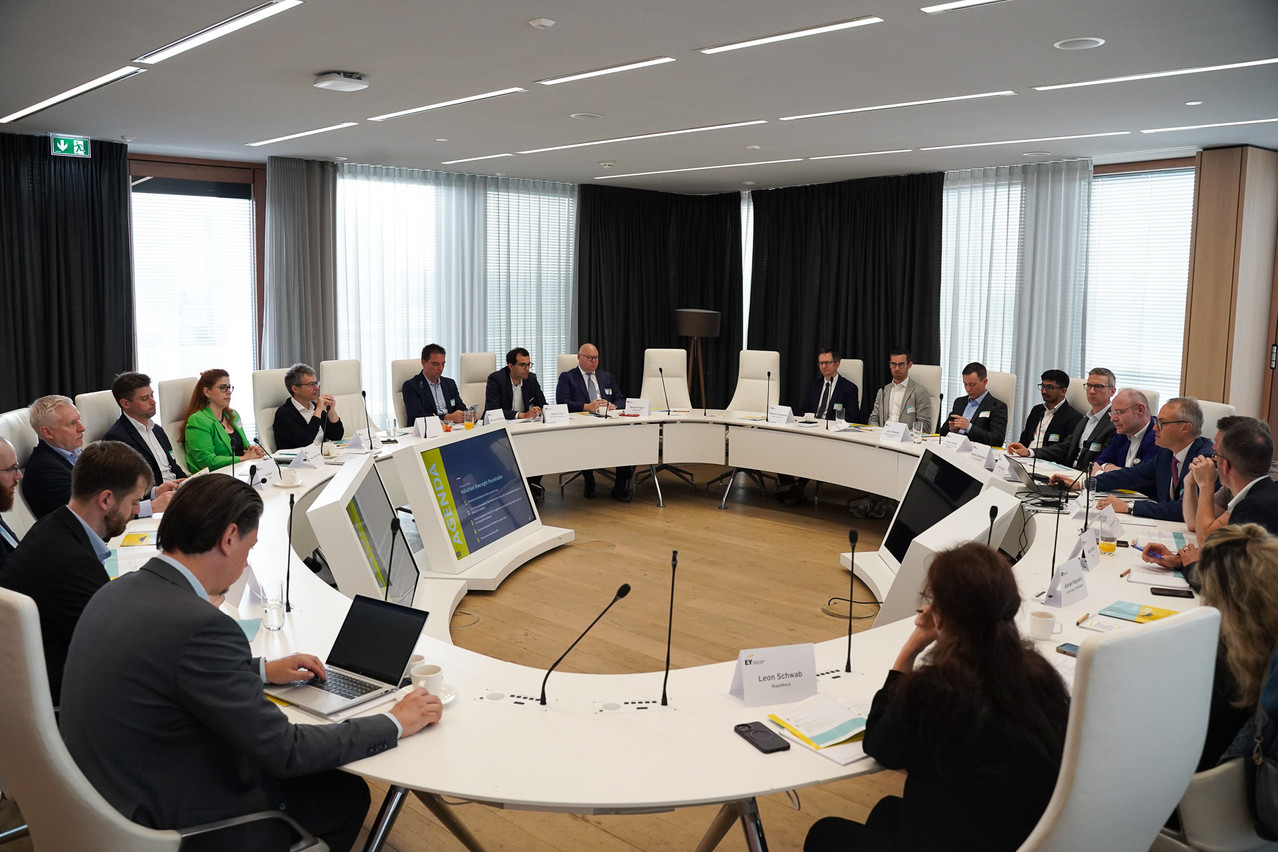With this in mind, conducting officers and heads of valuation of Luxembourg-based funds convened on 18 June to discuss trends and challenges they see for the sector, in 2024 and beyond, at the annual valuation roundtable hosted by EY Luxembourg’s Alternative Investment Fund Club.
It was discussed that while most participants still use long-established traditional valuation models based on traditional spreadsheets, many are looking into newly available valuation software to automate their valuation processes. The benefits of this digitalization trend are clear: quicker and more efficient portfolio valuations that can be rolled forward, thus increasing the frequency of valuations.
However, it is still early days for automated valuation software and their adaption still presents challenges for fund managers. Most participants mentioned that the available software might not be compatible with other functions, such as asset management, and could lack an efficient process of feeding data into the valuation model. Another risk is not being able to explicitly observe the steps the software takes to generate an output. This problem could hinder the model review process by auditors or other independent reviewers.
On the legislation front, the new ELTIF 2.0 regulations and Pillar Two directive were briefly discussed. The introduction of ELTIF 2.0 aims to make long-term investment funds more accessible and flexible. However, the inherent complexities of managing open-ended illiquid strategies require significant adjustments in operational models, robust risk management, and enhanced compliance measures. An important challenge is regularly valuing portfolios of illiquid assets to provide accurate and frequent net asset values (NAV) to investors. This could potentially be solved by the adaption of valuations software mentioned above.
Luxembourg also adapted the Pillar Two legislation in December 2023. This legislation will impact alternative investment fund managers in Luxembourg by imposing new compliance and reporting requirements aimed at ensuring large multinational enterprises (MNEs) pay a minimum effective tax rate of 15%. Fund managers will need to conduct thorough analyses of their fund structures and related entities to determine if they fall within the scope of the new rules, particularly those meeting the EUR 750 million revenue threshold. The complexity of these requirements will necessitate enhanced financial record-keeping and reporting processes, and may also influence investment strategies to manage such potential new liabilities. Additionally, fund documentation should be updated to reflect these changes and safeguard managers and investors from potential tax-related claims, ensuring full compliance with both local and international tax regulations.
“It is crucial for the alternative investment industry to keep up with the ever-changing world of technology and legislation. As these trends increasingly influence the industry, it’s important to have knowledgeable guidance to steer through the complexities of valuation functions in this changing landscape,” concludes Christophe Vandendorpe, Partner, Strategy and Transactions Leader.
– EY Luxembourg Partner, Strategy and Transactions Leader
– EY Luxembourg Senior Manager, Strategy and Transactions
For more information, visit .
